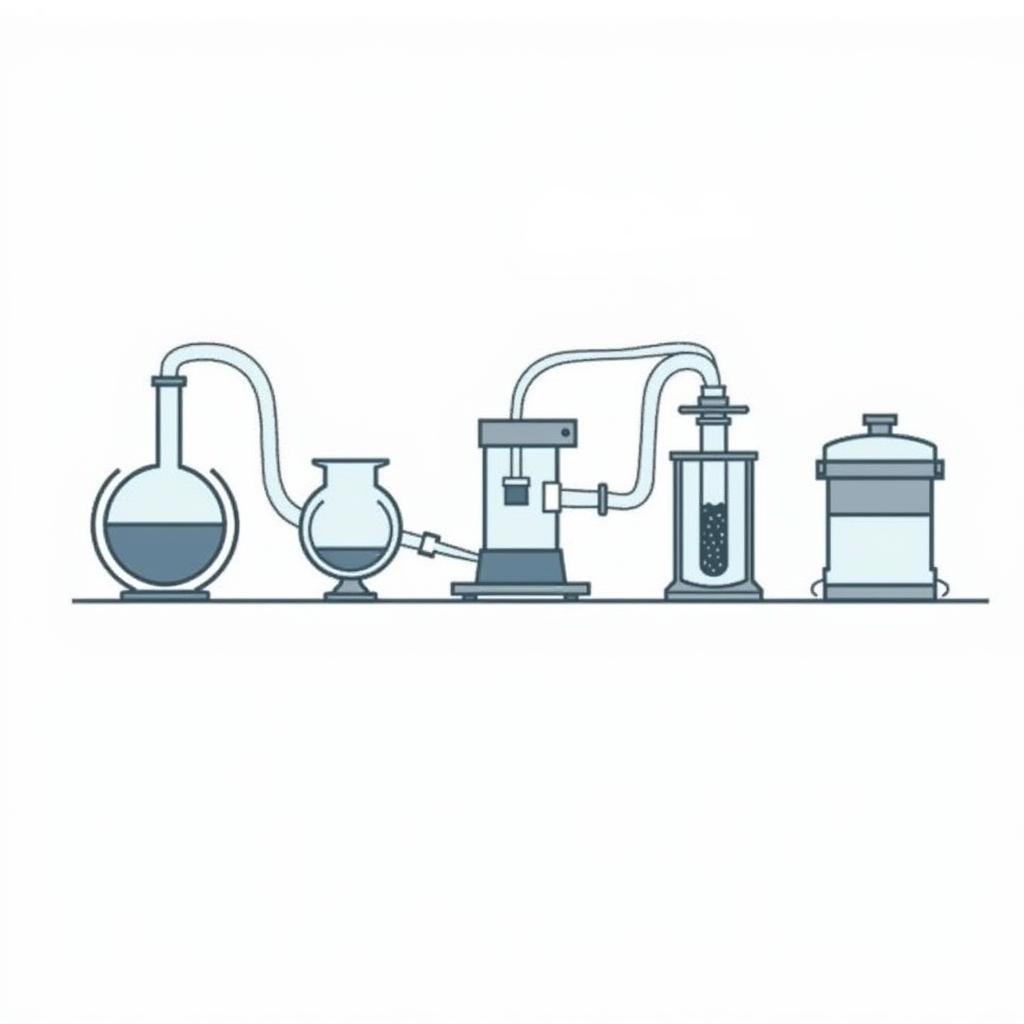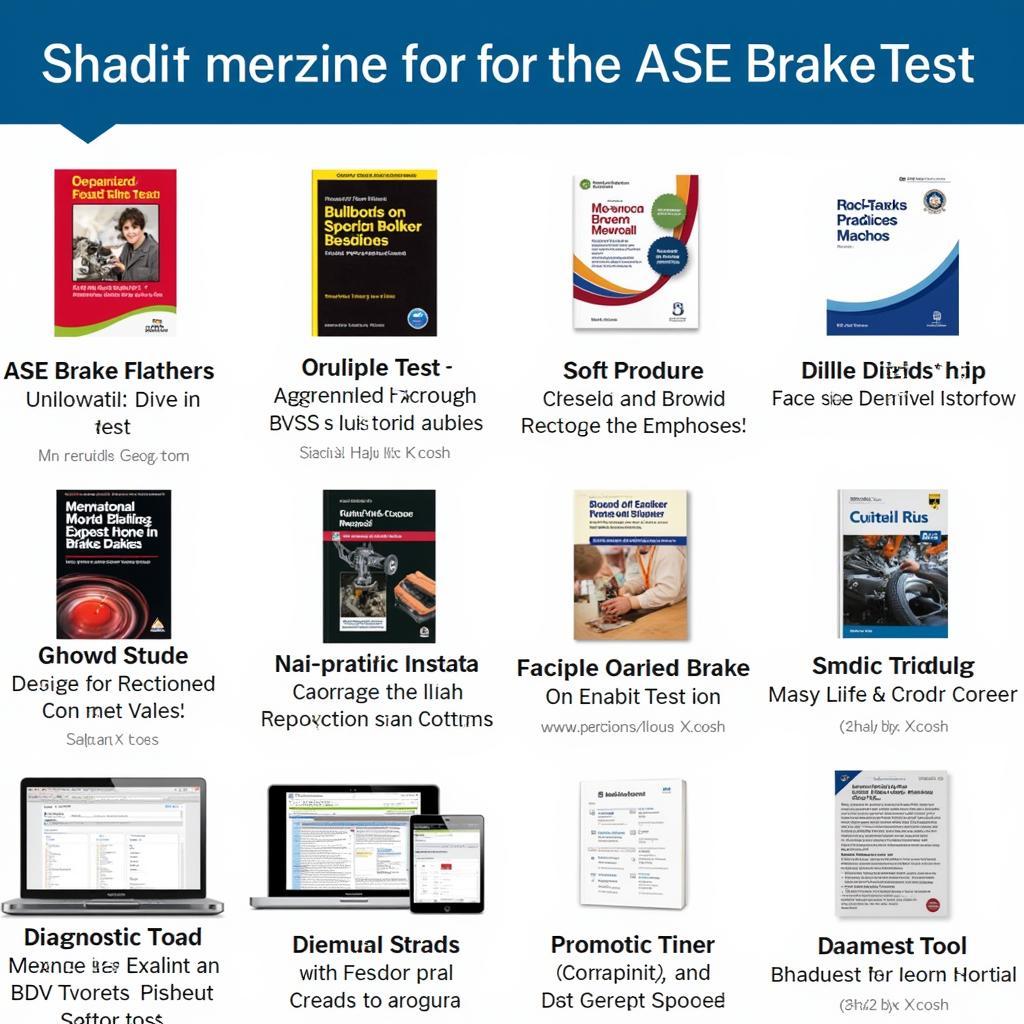Southeast Asia, a region renowned for its vibrant cultures and bustling economies, faces a burgeoning challenge: waste management. With rapid urbanization and a growing consumer class, ASEAN nations are grappling with increasing volumes of Ase Waste, straining existing infrastructure and posing threats to public health and the environment.
A Region Drowning in Trash: Understanding the Scope of ASEAN Waste
The numbers paint a stark picture. ASEAN generates over 200 million tons of municipal solid waste annually, a figure projected to surge to over 400 million tons by 2050. While the region is home to some of the world’s fastest-growing economies, waste management systems have struggled to keep pace, leading to a multitude of challenges.
Unpacking the Drivers of ASEAN’s Waste Crisis
Several factors contribute to the escalating waste problem in Southeast Asia:
- Rapid Urbanization: As people migrate to cities seeking better opportunities, urban populations swell, placing immense pressure on waste management infrastructure.
- Economic Growth and Consumerism: Rising incomes and changing consumption patterns have led to increased packaging and single-use plastics, major contributors to the waste stream.
- Lack of Effective Waste Management Systems: Many ASEAN countries lack adequate waste collection, sorting, and treatment facilities, leading to improper disposal and environmental contamination.
- Limited Public Awareness: A lack of awareness and understanding about responsible waste management practices, such as reducing, reusing, and recycling, further exacerbates the problem.
The Environmental and Health Impacts of ASEAN Waste
 Plastic waste pollutes a Southeast Asian beach.
Plastic waste pollutes a Southeast Asian beach.
Improperly managed waste poses significant risks to both the environment and human health:
- Pollution: Leachate from landfills contaminates water sources, while open burning releases harmful pollutants into the air, impacting air quality and contributing to respiratory problems.
- Marine Pollution: ASEAN is a major contributor to plastic pollution in the ocean, with plastic debris harming marine life and ecosystems.
- Public Health Issues: Unsanitary conditions associated with waste disposal attract disease vectors, increasing the risk of infectious diseases.
Turning the Tide: Innovative Solutions for ASEAN Waste Management
Addressing the ASEAN waste crisis requires a multi-faceted approach involving governments, businesses, and citizens:
- Strengthening Waste Management Infrastructure: Investing in modern waste treatment facilities, such as sanitary landfills, recycling plants, and waste-to-energy plants, is crucial.
- Promoting the Circular Economy: Encouraging businesses to adopt circular economy principles, such as reducing packaging and using recyclable materials, can minimize waste generation.
- Empowering Consumers: Raising public awareness about responsible waste management practices, such as reducing, reusing, and recycling, is vital for long-term change.
ASEAN’s Commitment to Sustainable Waste Management
Recognizing the urgency of the situation, ASEAN member states have pledged to address the waste crisis collectively. The ASEAN Framework of Action on Marine Debris and the ASEAN Circular Economy Framework outline regional commitments to reducing waste and promoting sustainable practices.
A Shared Responsibility: Towards a Cleaner, Greener ASEAN
Solving the ASEAN waste challenge requires a collaborative effort. Governments must implement supportive policies and invest in infrastructure, businesses must adopt sustainable practices, and individuals must embrace responsible waste management behaviors. By working together, ASEAN can pave the way for a cleaner, healthier, and more sustainable future.
Conclusion: A Call to Action for a Waste-Free ASEAN
The ASEAN waste challenge demands immediate and sustained attention. By embracing innovative solutions, fostering regional cooperation, and promoting individual responsibility, ASEAN can transform its waste management practices and create a more sustainable future for its people and the environment. Let’s work together to turn the tide on ASEAN waste and build a cleaner, greener region for generations to come.
FAQs about ASEAN Waste
1. What are the main types of waste generated in ASEAN?
The main types of waste in ASEAN include organic waste, plastics, paper, metal, glass, and hazardous waste.
2. Why is plastic pollution a significant concern in ASEAN?
ASEAN is a major contributor to plastic pollution in the ocean, with single-use plastics posing a significant threat to marine life and ecosystems.
3. What are some examples of sustainable waste management practices?
Sustainable waste management practices include reducing consumption, reusing materials, recycling, composting, and using waste-to-energy technologies.
4. How can individuals contribute to reducing waste in ASEAN?
Individuals can reduce waste by practicing the 5Rs: refuse, reduce, reuse, repurpose, and recycle.
5. What is ASEAN doing to address the waste management challenge?
ASEAN has developed regional frameworks and initiatives to address waste management, such as the ASEAN Framework of Action on Marine Debris and the ASEAN Circular Economy Framework.
For further information and support on waste management solutions in Southeast Asia, please contact us at:
Phone Number: 0369020373
Email: [email protected]
Address: Thon Ngoc Lien, Hiep Hoa, Bac Giang, Vietnam.
Our dedicated customer support team is available 24/7 to assist you. Let’s work together to build a cleaner, greener ASEAN!


